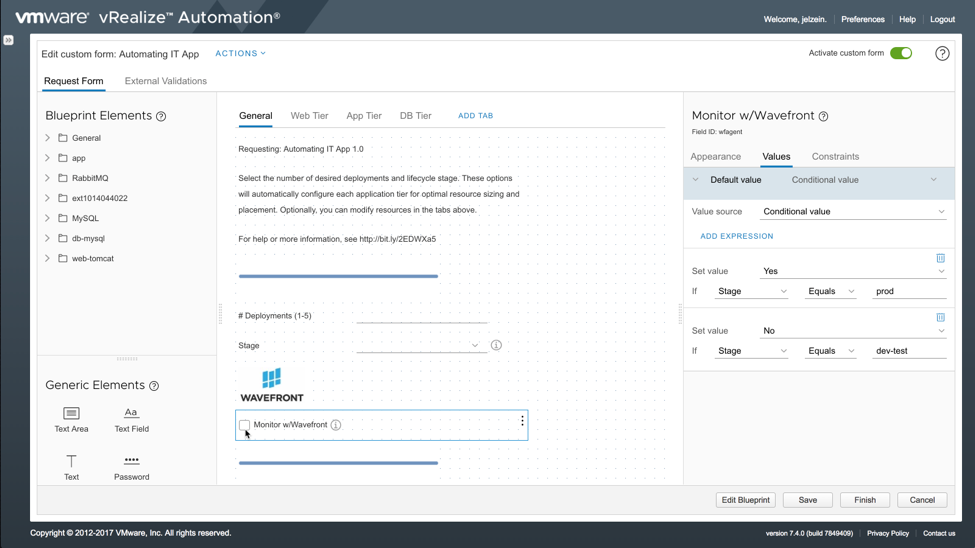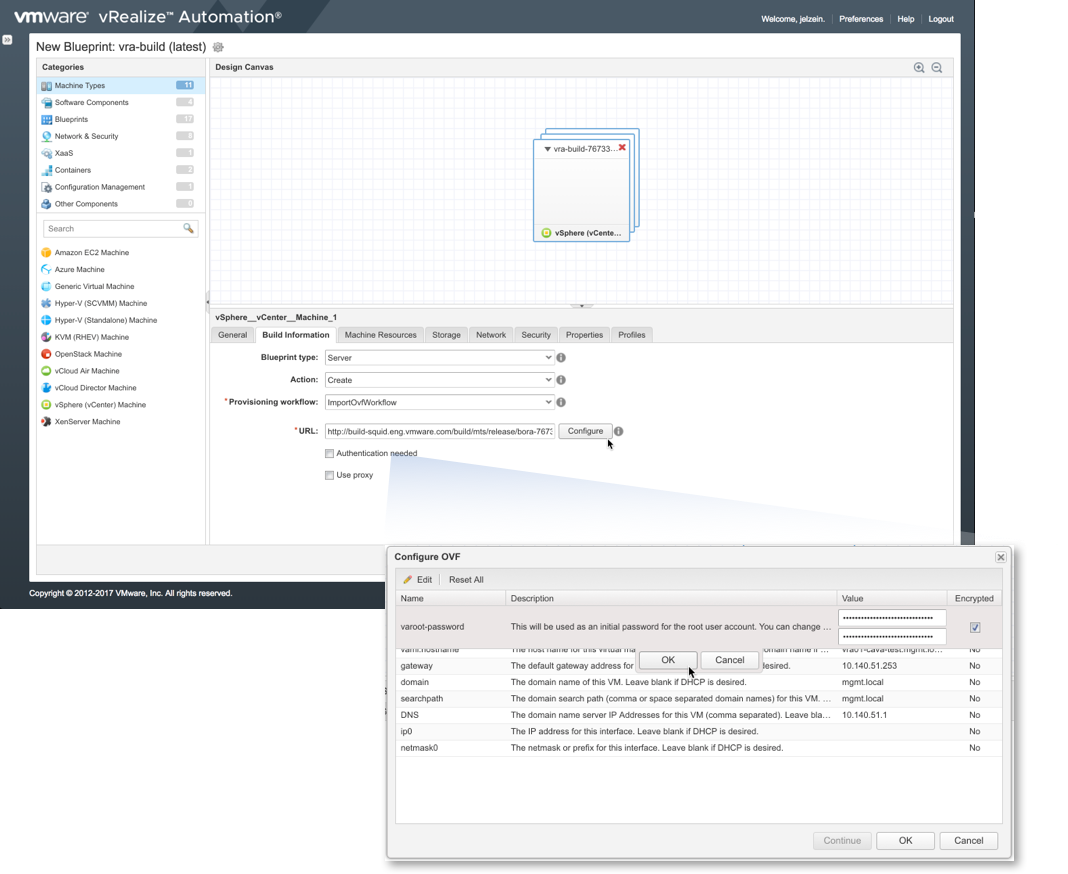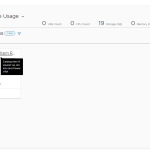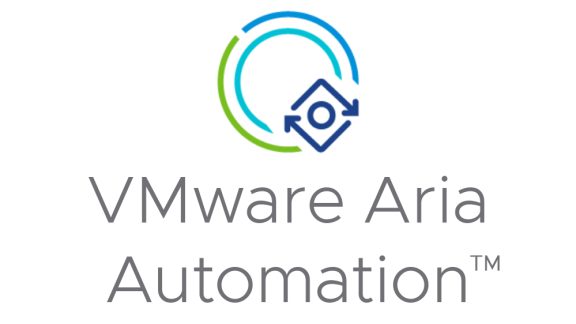Making Clouds Invisible – Usability and Time to Value (TTV) Take a Front seat
Fasten your seatbelt – What’s New in vRealize Automation 7.4
Hybrid cloud is a reality that imposes the need to be app-aware, self-driving and fully automated. The advent of containers, PaaS, and FaaS frameworks are driving faster, scalable and portable application development. Infrastructure and Operations teams need a comprehensive approach at abstracting complexity so as to manage across infrastructure, application frameworks and clouds. VMware vRealize cloud management is all about making the clouds invisible and easy to operate. Ensuring ease of use and operations, while delivering quick time to value are key to achieving this goal and our focus for this release!
Today we are thrilled to announce vRealize Automation 7.4, the latest version of VMware’s cloud automation platform. This release continues the trend of enhancing product usability and enables IT to achieve consistent operations, greater productivity and faster time-to-value. The key features and improvements focus on the following use cases,
- Modernized consumption and service delivery
- Enhanced multi-tenancy
- Deeper product integration
Below is a closer look at this release.
Modernized Consumption and Service Delivery
Custom Form Designer makes self-service easier
Last year, we delivered parameterized blueprint which drastically simplifies service design and reduces blueprint sprawl. To further simplify the serve consumption, we are introducing a new Custom Form Designer, a GUI based service request form designer, which allows IT teams to easily customize blueprint parameters and building blocks via Drag & Drop experience.
With custom forms for vRA catalog items, we are enhancing the true self-service experience. End users no longer need to be immersed in all technical details required for provisioning IT services. With customizable high-level inputs, IT teams can abstract technical details and expose simple T-shirt sizing services for end users.

OVF, a new provisioning option is available
Open Virtualization Format (OVF) becomes a new provisioning option for vSphere blueprints in vRA 7.4. IT teams can create and publish a blueprint that deploys an OVF as a repeatable process. Additionally, customers are able to configure a set of advanced OVF settings integrated into blueprint designer, and end users can modify OVF values at request time based on blueprint configuration.

120+ OOTB blueprints speed application blueprinting
Time-to-value is the key to IT automation. To help customers speed up application deployment, VMware has teamed with Bitnami to provide 20 new blueprints and 120-plus new OVFs of packaged applications, such as Hadoop, GitLab, Jenkins, MongoDB and many more modern application stacks. The rich selection of out-of-the-box content makes it easier to stand up application and infrastructure stacks anywhere, from single VMs for quick testing to complex, production- ready clustered setups.

For vRealize Suite customers, you can browse, download, deploy and delete relevant and compatible vRA blueprints or vRO workflows from integrated marketplace through vRealize Suite Lifecycle Manager 1.2. Read the vRSLCM 1.2 launch blog to learn more.
Enhanced Multi-Tenancy
For many multi-tenant use cases, it was required to create separate vRealize Orchestrator (vRO) deployment for each tenant when strict isolation is needed. To simply the deployment, we are introducing the first multi-tenant vRealize Orchestrator 7.4. Tenants will be able to share a single vRO instances while keeping all their orchestration artifacts fully isolated.
Another exciting update for vRealize Orchestrator 7.4 is the newly designed web UI, aiming to deliver the next generation user experience. It provides operational visibilities into workflows with running and execution details through dashboards. The role based access capability is also directly built into the new UI.

Deeper Product Integration
We introduced the intelligent workload placement for vSphere machines with the integration with vRealize Operations last year. We are continuously improving the initial workload placement capabilities by leveraging enhanced capacity policies from vRealize Operations.
Additional Enhancements
Public cloud endpoint – A new set of Azure and AWS custom properties are now supported to enhance public cloud deployment use cases.
ServiceNow Integration – vRealize Automation ITSM plugin 3.0 is now available. The integration exposes vRA catalog items in ServiceNow portal seamlessly. Customers can view and request entitled catalogs, and perform Day2 actions on provisioned resources. The new version supports additional catalog items, including Azure and XaaS services.
Learn More:
- Visit vRealize Automation product webpage
- Explore network automation use case with vRealize Automation and NSX
- Watch vRealize Automation Expert Talk
- Try free vRealize Automation Hands on Labs





